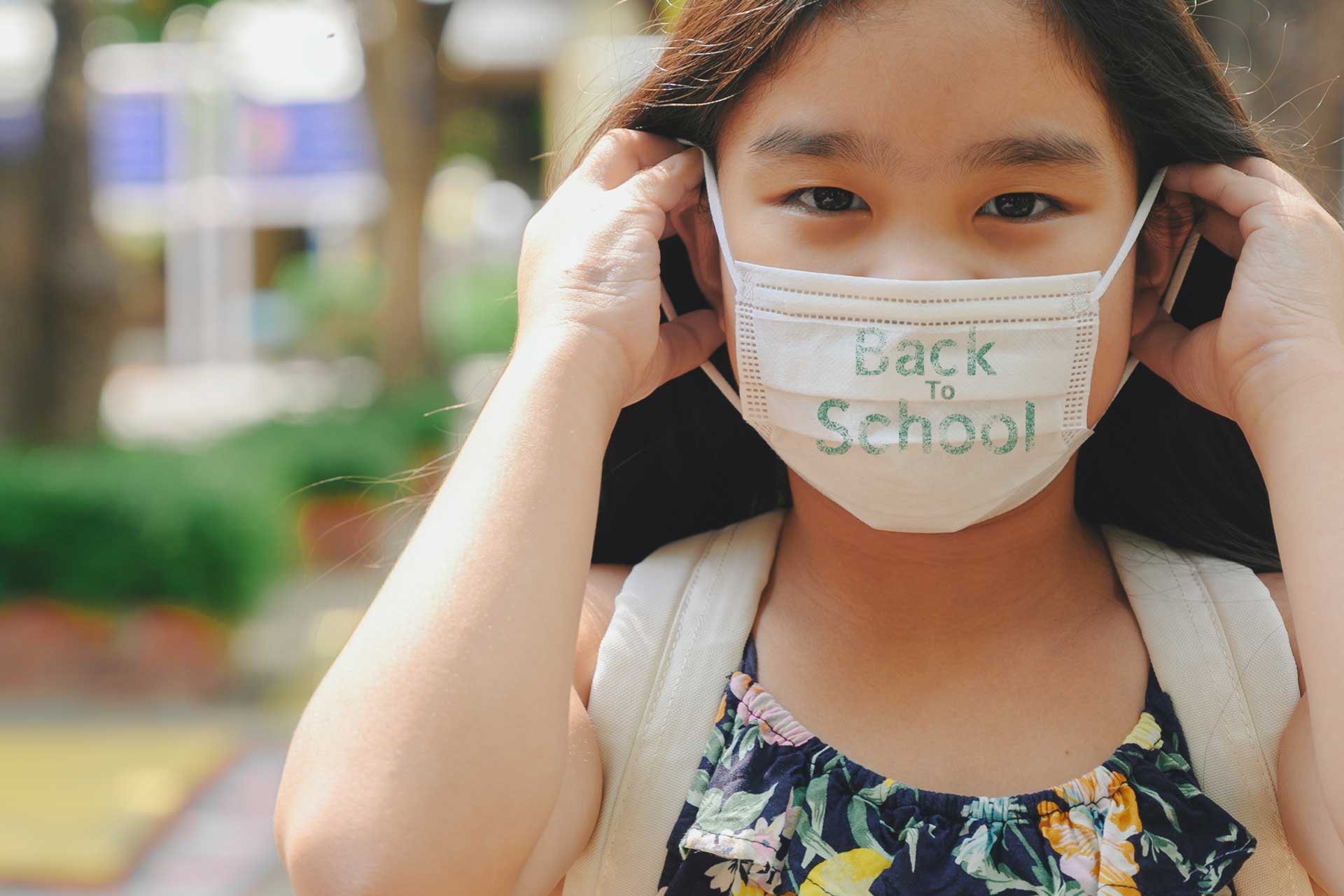
Over the past several years, the homeschool population had been growing at an estimated 2% to 8% annually, but no one anticipated the explosion of remote learning that came with the pandemic. Whether you are an administrator, a teacher, a parent, a student, or some combination of those roles, there were growing pains felt throughout the education world. Communication breakdowns, bandwidth inequality, homework gaps, you name it and school districts did their best to navigate it. As a majority of schools announce they will resume full in-person learning this fall, we want to take a look at the trends that may be here to stay. After all, the pandemic forced us out of our comfort zones, pushed us to innovate, and challenged us to fail forward.
Remote learning will continue to bridge emergency closures.
We know, “Zoom fatigue” is real, but video conferencing will continue to allow student-teacher and peer-to-peer relationships to remain uninterrupted during future emergency closure situations when distance learning is the only option.
Schools will embrace more creative solutions.
The pandemic provided an ideal scenario to break away from stagnant practices and try new approaches. When face-to-face learning wasn’t an option, passionate educators created school spirit videos, planned drive-by graduations, and prompted virtual events to keep family members all over the world connected to our kids’ achievements. Those approaches helped boost morale, maintain traditions, and strengthen community belonging during extended school closures.
Parents and schools will communicate more, and (hopefully) more effectively.
The frustration was real on both sides, but the forced pivot to distance learning also had a welcomed effect: parents and educators felt more connected as communication increased. Gradually, appreciation grew for one another’s challenges and successes. Educators have commented that it’s one of the more positive trends they hope continues years after the pandemic has ended.
More college students will stay remote.
According to a report from Best Colleges, 49% of students who are enrolled in online classes plan to continue, even after their campuses return to in-person coursework, demonstrating how many students appreciate the distance learning environment.
Distance learning options will remain (at least for some).
Recent information collected by educationdata.org shows that 33% of college and trade school admins are planning to offer both online and offline education choices for students, even after governments ease up on social distancing requirements. If you plan to teach at this level, you’ll almost certainly need to stay up to date on the latest remote teaching developments.
More schools will officially embrace the Cloud.
You can’t teach a class without being able to share resources. Files stored in a secure, cloud-based location are fully customizable so you can set exactly who you want to be able to see and edit particular files. Another feature of cloud storage services is that multiple people can work on documents at once—perfect for getting students engaged in group-based activities or collaborations.
Final Thought
It’s important to remember that there is no one-size-fits-all solution to education. What works for one school—or one individual class—may be completely different from the requirements of another. Inevitably, schools and local and state governments will also need to address the barriers to internet access so remote learning assignments can be accessed by all students. At RBT, we are committed to keeping education professionals informed of important updates that may impact your future planning. We extend a no-cost consultation to anyone with further questions or interest in working with our dedicated team of professionals.
